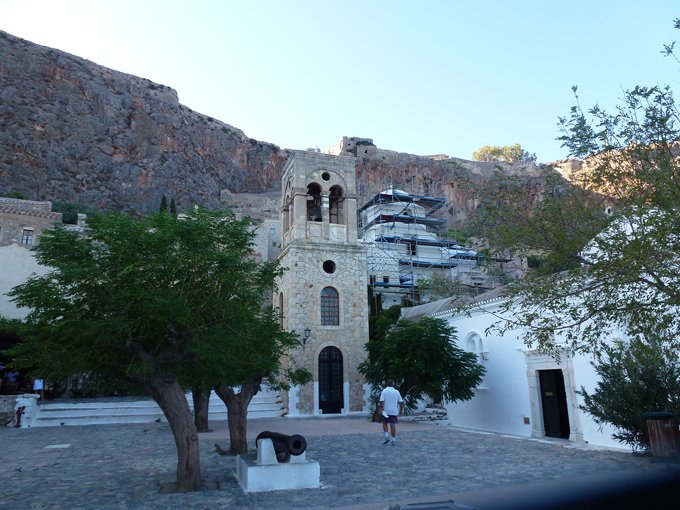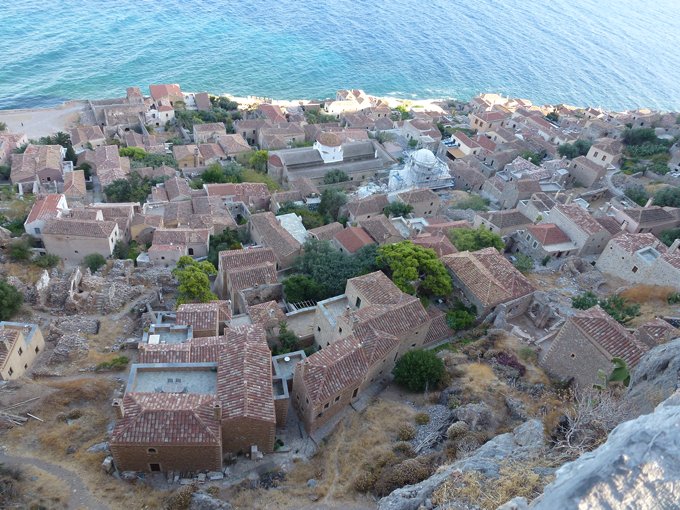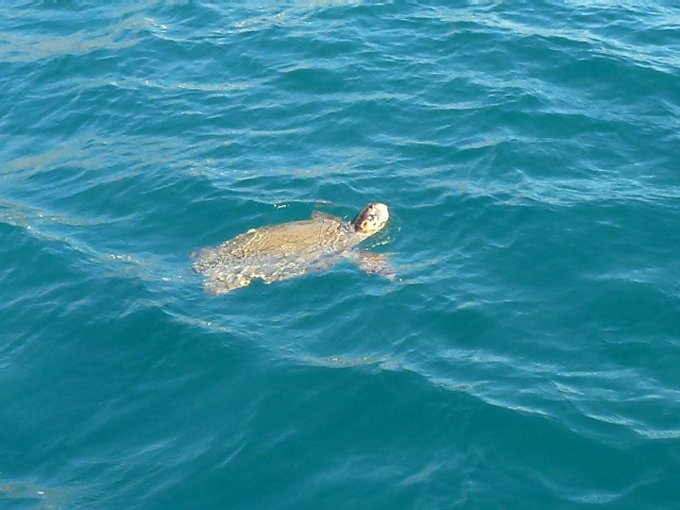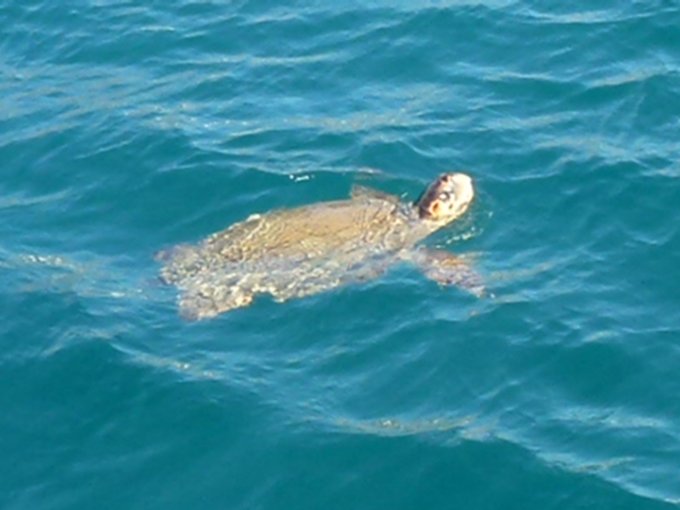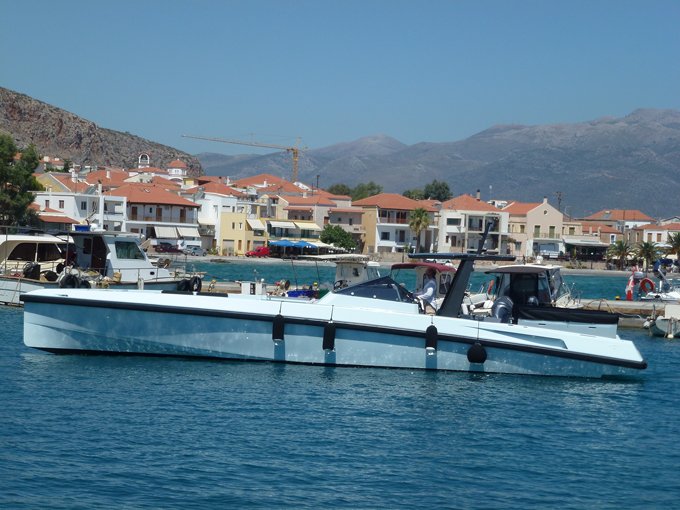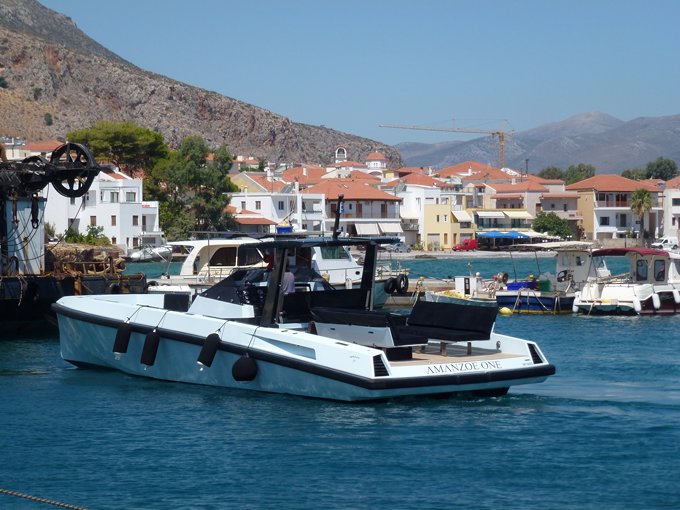Monemvasia – Fortied town

Monemvasia – Fortied town
Saturday, 1st September, 2012.
Monemvasia is known as the “The Gibraltar of Greece” and it was severed from the mainland by an earthquake in AD 375 remaining an island until the causeway was built in the 6th century. From the mainland it just looks like a mountain joined by the causeway but walk up the road alongside the rock and you come first to the church yard and then to the western gate where you enter the lower town. It is surrounded by 16th century walls which are 2,953 feet long and up to 98 feet high in places. During the 15th century it was home to 50,000 people and they lived off of commercial acumen from the sea lanes from Italy to the Black Sea and sometimes piracy. Inside the town is the Panagia Myrtidiotissa church, a mosque which has been refurnished as a museum which displays marble finds, many homes which are being refurnished and some are now used as tavernas or expensive hotels. There are a lot of little shops selling paintings, jewellery, clothing and general holiday presents.
There is a pathway of paved of zigzags up the cliff face from the lower town which was first fortified in the 6th century as a refuge from raiding pirates. The upper town is the oldest part of Monemvasia and the Agia Sofia 13th century church is the only remnant of the upper town other than ruins everywhere of a fortress, barracks, guardrooms and a gunpowder magazine from the Venetian period. Agia Sofia was built by Emperor Andronikos II in emulation of Dafni monastery in Athens. It has a 16 sided dome and it is perched on the northerly cliff from where you can see for miles. We climbed all the way up to the top to see the wonderful views. It was a little scary as there are no railings and you could fall hundreds of feet if you were not cautious. Safety is not high on the list here.
The Seige of Monemvasia by the Greeks early in the War of Independence began on the 28th March, 1821. Due to a Greek ruse the town’s Turkish garrison was badly supplied with food and reinforcements failed to arrive. By late June both Christians and Muslims were forced to weeds, cats and mice. Some resulted to cannibalism. The Turkish civilians in the lower town urged surrender but the garrison of the upper town refused. The besiegers also seemed set to give up but one night the Greek commander inside the town convinced three messengers to swim from the Portello Gate to the revolutionary forces on the mainland giving them word to move on the town. They did on the 1st August, 1821 and the Turks surrendered and handed over the keys of the city to the Greek Prince Kantakouzino.
It is a fascinating place to visit and we had great fun climbing up to the top and viewing the lower town from so far up. Of course, a beer was called for once we reached the lower town again.
One famous Greek poet by the name of Giannis Ritsos who died in 1990 had a house next to the entrance gate and today it is marked by a plaque and a bust of him at the front of the building.
Sunday, 2nd September, 2012.
We are resting here today and catching up on housework as the wind is blowing and it makes it a little cooler under the hot sun. We have had a great time watching the turtles today. We had three swimming around the boats. Last night at dinner the waiter said there are five or six always in the bay. They obviously have good sight as when they appear for air if they spot you they dive down straight away which is why it is difficult getting any photographs.
A Wally power boat came in from Porto Helli and had covered the distance of roughly 40 miles in 1 ¼ hours! We were not too sure on the safety of it as two little girls were sat on the couch seats and it didn’t seem too safe for little ones.
